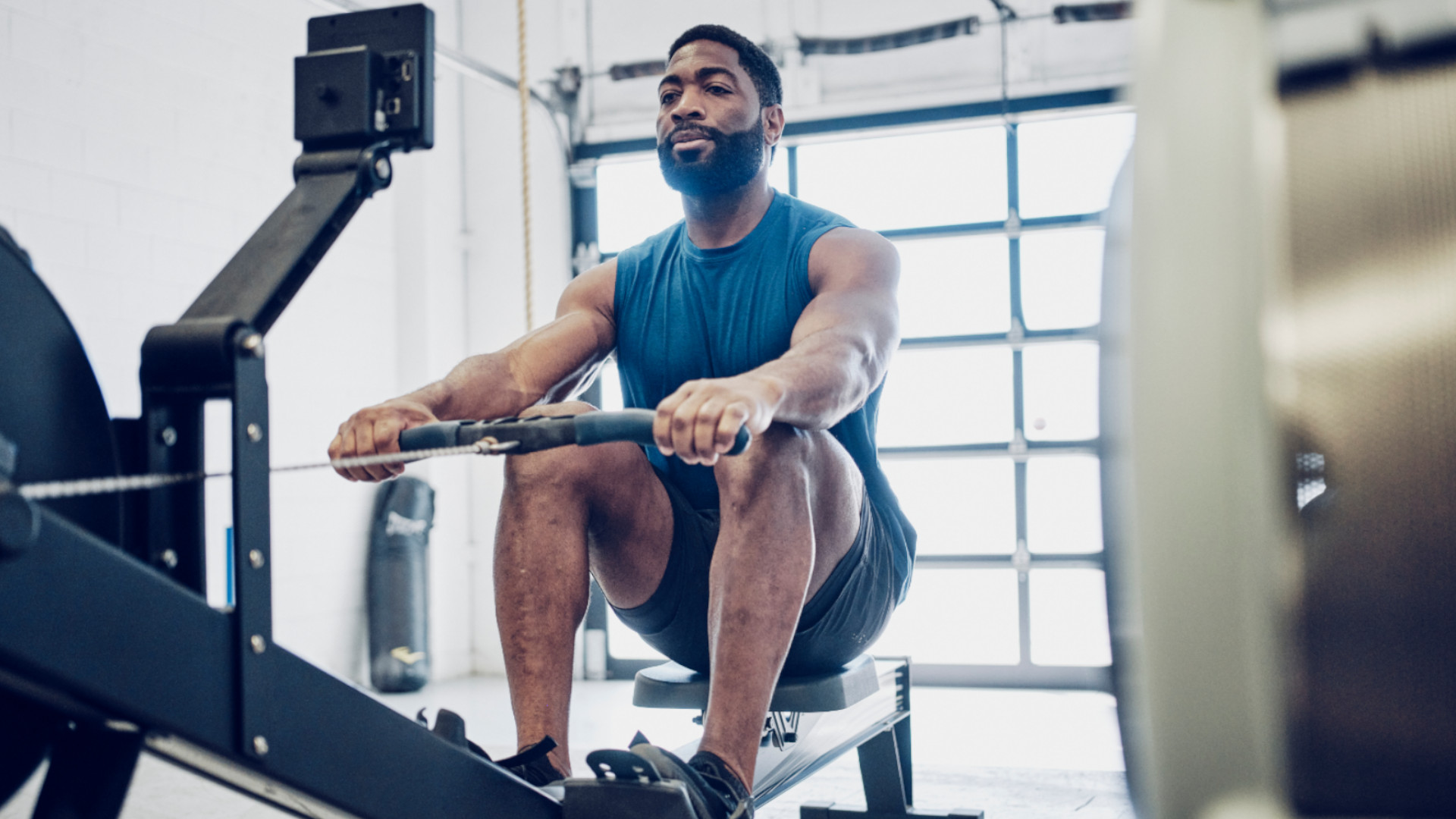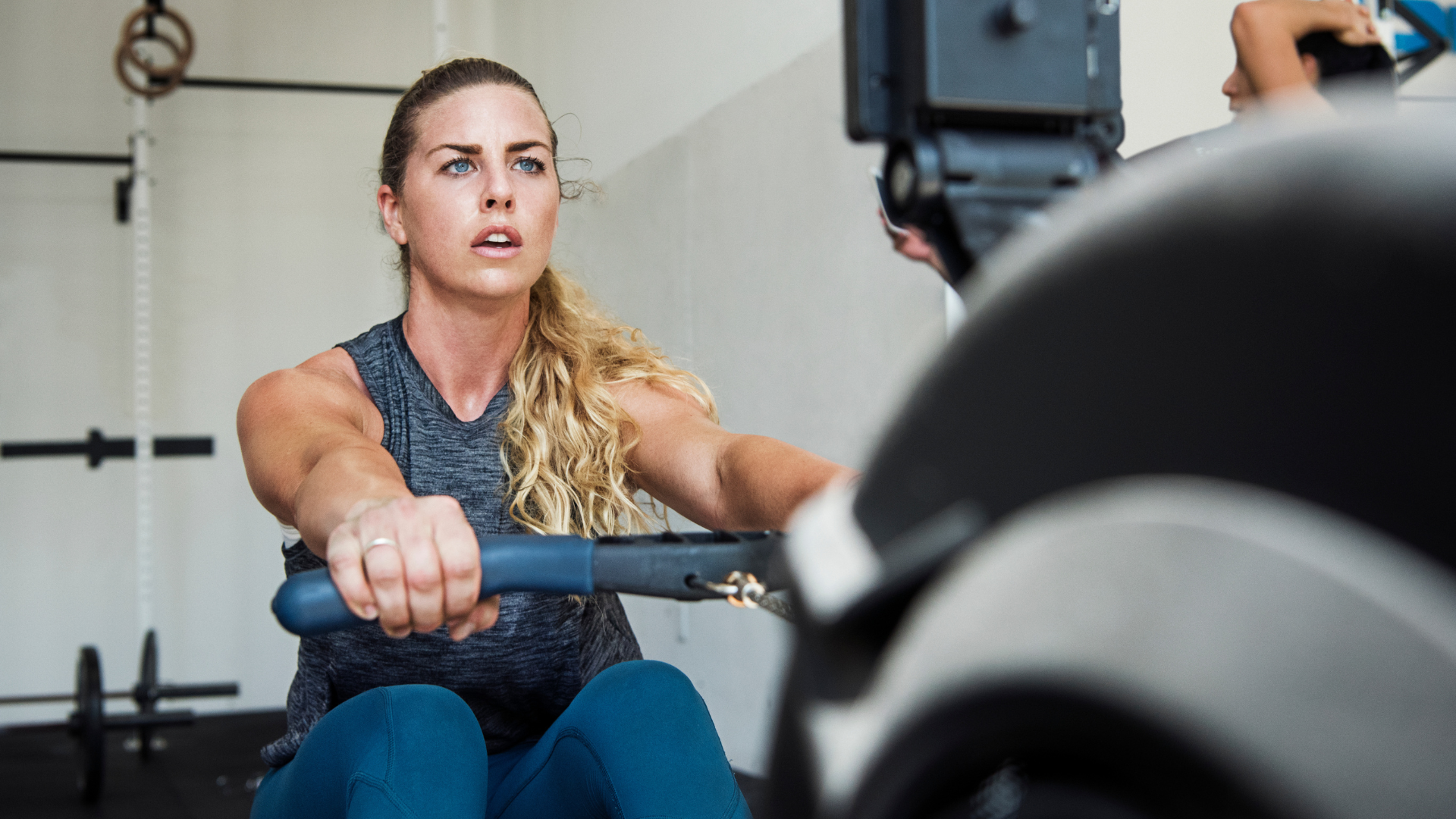5 mistakes everyone makes on the rowing machine
From pulling with your arms to not understanding the damper setting, here's how to row more efficiently


With so much hype around running and strength training these days the best rowing machine can often get overlooked. But there's so many benefits of adding the rower into your workout as it's actually one of the most versatile pieces of cardiovascular kit in your gym. It won’t just build your aerobic capacity, but it’ll strengthen your entire body too. In fact, according to Concept2, the rower uses 86% of the muscles in the body.
But, there’s more to rowing than simply hopping on the seat and pulling your arms back and forth. This is just one of the (many) common mistakes made when using the rower. It requires proper technique, understanding the machine and how it works, so you can actually get the most of your workout. With that in mind, here’s five common mistakes made with the rower and how to avoid them, so you can have the best row of your life.
1. Using just your arms
One of the most common rowing machine mistakes is solely relying on your arms to complete your row. Rowing is a full-body exercise and by using just your arms, you won’t just miss out on the full-body benefits of rowing, but you’re going to tire yourself out a lot quicker too.
Instead, you should start with a strong leg push, whilst keeping your core tight, then finish the stroke by pulling with your arms. You may (or may not) have noticed that the bottom part of foot straps on the rower lift up when you raise your heel. This is so you can push through your mid-foot to help drive you back. Your legs, glutes and core are key for a strong row, so use them!

2. Mistaking the damper for resistance
The damper is the adjustable tab with numbers found on the side of the flywheel on a rowing machine and it’s usually numbered from one to 10. People often think it’s to do with levels of resistance - one being easy and 10 being the most difficult - but this is wrong. All the damper does is adjust how much air is let in and out of the flywheel - 10 opens up the casting allowing in the most so it spins slower, while one closes the casting, letting in the least so it spins faster.
Concept 2 say: “Damper setting is similar to bicycle gearing: it affects how rowing feels but does not directly affect the resistance. A lower damper setting on the indoor rower is comparable to easier gears on a bike.” The damper setting is therefore dependent on you, so experiment. But just because someone has it set to 10 (very unlikely) and you have it set to a 3, doesn’t mean the other person is going to cover more metres than you.
3. Holding the handle too tightly
Another common mistake is grasping the handle for dear life like it’s going to go somewhere. A tense grip is not only hard on your wrists, but your forearms and shoulders too, and it can lead you to fatigue faster. Remember, the rower is a full-body exercise, not just upper body. Instead, hold the handle shoulder-width apart with a relaxed grip and your thumb placed around the handle. This will help your stroke feel more fluid and won’t tire your smaller muscle groups out unnecessarily.
Get all the latest news, reviews, deals and buying guides on gorgeous tech, home and active products from the T3 experts

4. Pulling too high
You may have come across the 'angry rower' in your gym, that person who flies backwards, ferociously pulling the handle up to shoulder height. This is isn't good form. The correct way, according to British Rowing, is pulling the handle in a straight line into your chest, more specifically the bottom of your rib or sternum. Why? Not only will it make your stroke a far more smoother (and a smoother row is less taxing), but it will keep the flywheel moving at a consistent speed too.
5. Hunching your back
It’s very easy to become the Hunchback of Notre Dame when rowing, as the seat has no back support, but this will equate to a poor row. By hunching your back your chest collapses forwards, placing unnecessary pressure on your spine, which will stop you from having a strong row. It can also make breathing more difficult as you’re compressing your lungs.
To keep your posture in check, the main thing is making sure you’re positioned on the seat correctly. Jane Erbacher from the Erg Army says the best way to do this is to lift your booty up and find the middle of the seat with the top of your hamstrings. Then, once your feet are strapped in, lengthen your hamstrings and do the same thing. It will place you in a more upright position to produce more power.

Bryony’s T3’s official ‘gym-bunny’ and Active Staff Writer, covering all things fitness. She is a certified personal trainer and also a part-time fitness instructor. In her spare time, you will find her in her natural habitat - the gym - where her style of training is a hybrid of bodybuilding and powerlifting. Bryony loves writing about accessible workouts, nutrition and testing innovative fitness products that help you reach your fitness goals and take your training to the next level.